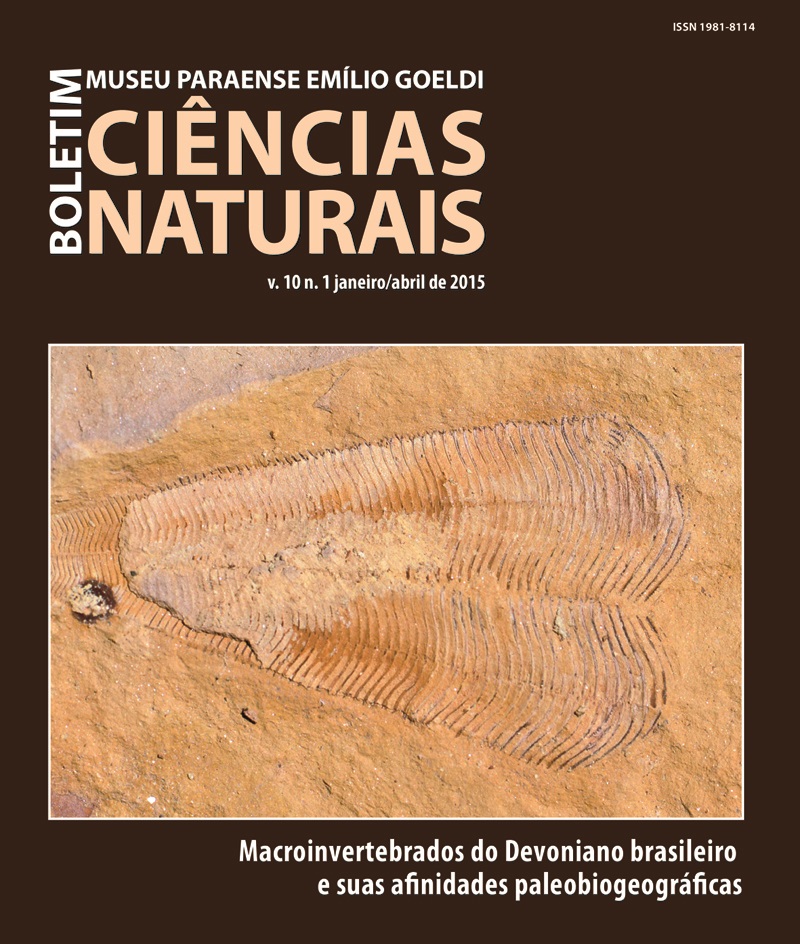Devonian land plants of Brazil and its biostratigraphical significance
DOI:
https://doi.org/10.46357/bcnaturais.v10i1.490Keywords:
Paleobotany, Phytostratigraphy, Devonian, Amazonas Basin, Paraná Basin, Parnaíba BasinAbstract
Devonian paleobotanical record in Brazil has been recently rescued from the literature and investigated through new findings, mainly in Paraná and Parnaíba basins. These new findings have been enabled taxonomic, taphonomic and phytostratigraphic studies. This study aims to characterize the Brazilian Devonian flora, from some descriptions of fossil plants from the three sedimentary basins (Amazonas, Paraná and Parnaíba basins), to illustrate the stratigraphic position and its biostratigrphical significance. All lithostratigraphical units containing fossil plants were compiled and correlated. In total, we raised 19 genera of fossil plants distributed throughout the Lochkovian-Famennian interval. From the range of genera were identified three stratigraphic intervals and two distinct floral stages, named Cooksonia-Hostinella and Haplostigma-Spongiophyton.
Downloads
Published
Issue
Section
License
Publication means fully assigning and transferring all copyrights of the manuscript to the journal. The Liability Statement and
Assignment of Copyrights will be enclosed with the notice of acceptance. All the authors must sign the document and return it to the journal.








